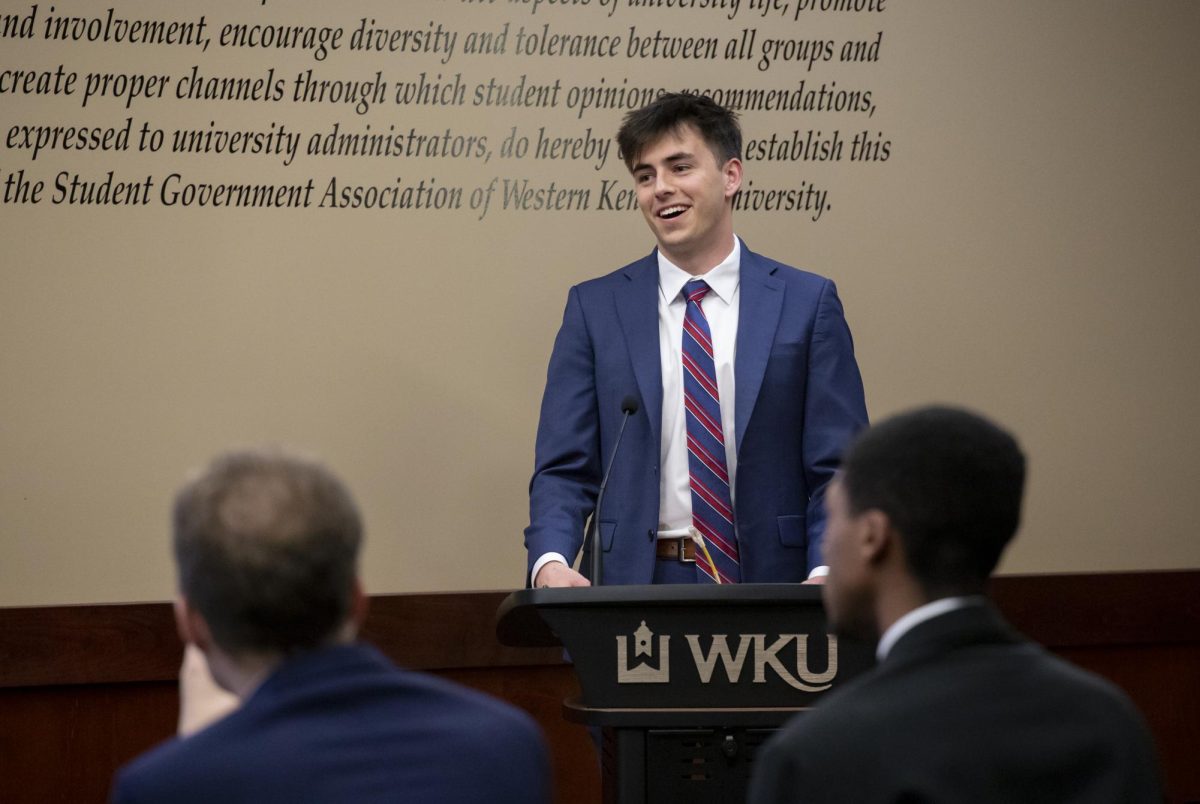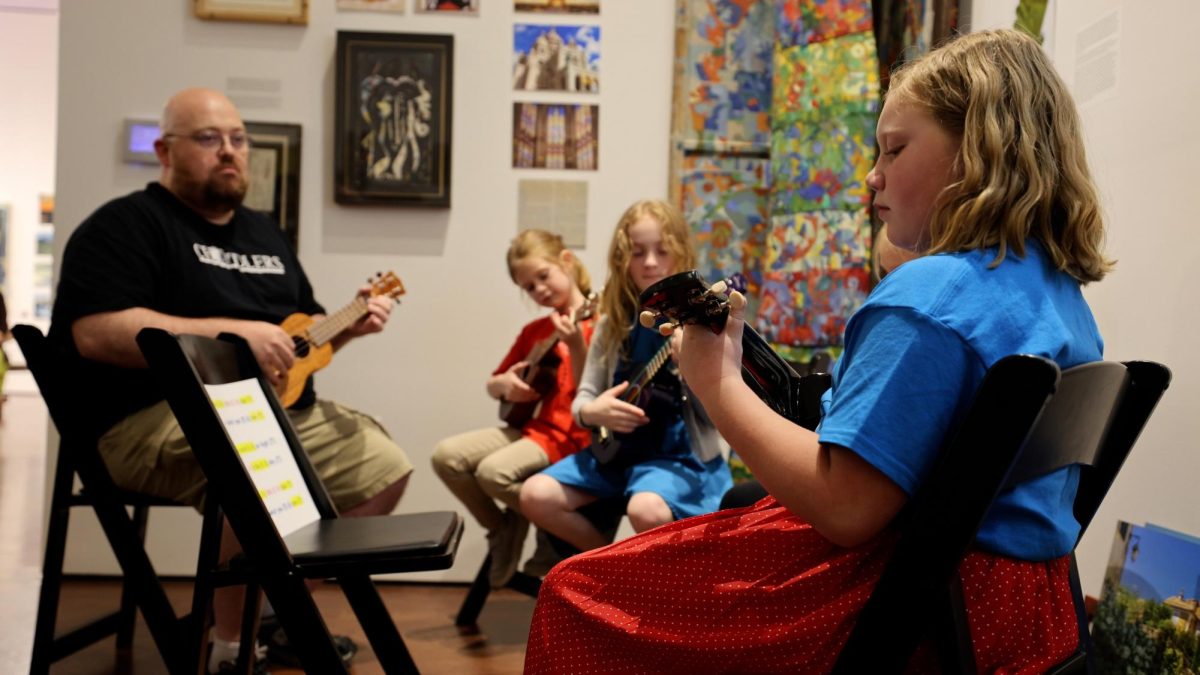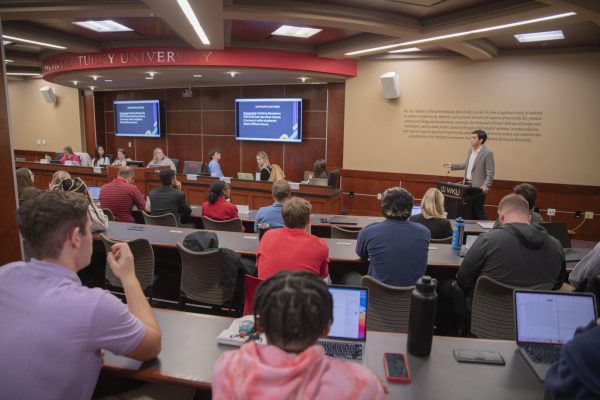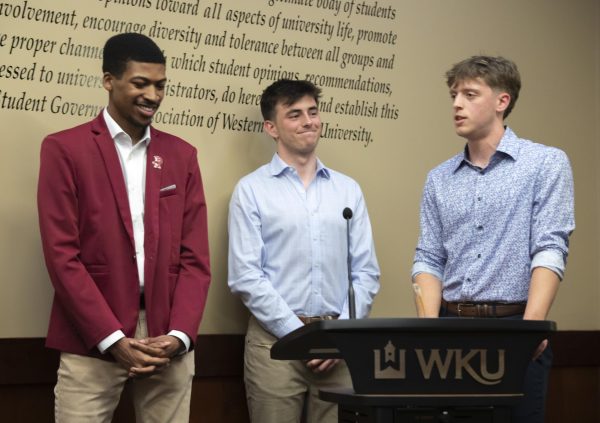Class visits civil rights museum
November 9, 2010
Students from this semester’s American Studies course experienced civil justice from a firsthand perspective this weekend.
The class visited the National Civil Rights Museum at the Lorraine Motel in Memphis, Tenn., on Nov. 6.
The course brings English, political science and history majors together to study an aspect of American culture comprehensively.
The class theme this semester is crime and punishment justice.
Anthony Harkins, associate history professor and director of the Popular Culture Studies Program, is one of three professors who teach the course. The other two are associate English professor Sandy Hughes and Roger Murphy, associate political science professor.
The National Civil Rights Museum was chosen as a destination because of its integral part in the history of justice, Harkins said.
“I think it’s the central struggle for justice in the last 50 to 60 years,” Harkins said. “It’s important for students to see both the possibilities of achieving greater social justice and the great difficulties in the attempt to do so.”
Harkins said the experience would also relate justice in students’ lives to justice in the greater community.
“They can see how personal issues of justice connect to broader issues of economics, of politics, of the law,” Harkins said.
Fort Mitchell senior Will Hollis said the museum was built in 1991 in the motel, where Martin Luther King Jr. was assassinated.
“It was a significant place in American history,” Hollis said.
His favorite aspect of the museum was the way the exhibits stressed the power of the youth in the civil rights movement.
“We (youth) would have a lifetime of civil rights if we fought for them now,” Hollis said. “Dr. King knew how he needed to get the young people on board.”
Leigh-Anne St. Charles, a senior from Perry, Ga., said the trip was an unparalleled learning experience.
“We got to witness a piece of justice in our lives that is so huge,” St. Charles said. “There is no way to transfer that experience academically in the classroom.”
Another intriguing part of the trip was the witness of a former squatter protesting the museum, St. Charles said.
The woman, who used to squat in the hotel before being kicked out when it was made into a museum, has been protesting for 27 years, St. Charles said.
“Her whole point is that civil rights is not something you experience in a museum,” she said. “It’s something you experience in society.”
St. Charles said the sight of a protestor enhanced the learning process.
“I thought that was interesting,” she said. “It was a modern sign of the continuing struggle.”













![Students cheer for Senator at Large Jaden Marshall after being announced as the Intercultural Student Engagement Center Senator for the 24th Senate on Wednesday, April 17 in the Senate Chamber in DSU. Ive done everything in my power, Ive said it 100 times, to be for the students, Marshall said. So, not only to win, but to hear that reaction for me by the other students is just something that shows people actually care about me [and] really support me.](https://wkuherald.com/wp-content/uploads/2024/04/jadenmarshall-1200x844.jpg)


![Students cheer for Senator at Large Jaden Marshall after being announced as the Intercultural Student Engagement Center Senator for the 24th Senate on Wednesday, April 17 in the Senate Chamber in DSU. Ive done everything in my power, Ive said it 100 times, to be for the students, Marshall said. So, not only to win, but to hear that reaction for me by the other students is just something that shows people actually care about me [and] really support me.](https://wkuherald.com/wp-content/uploads/2024/04/jadenmarshall-600x422.jpg)








